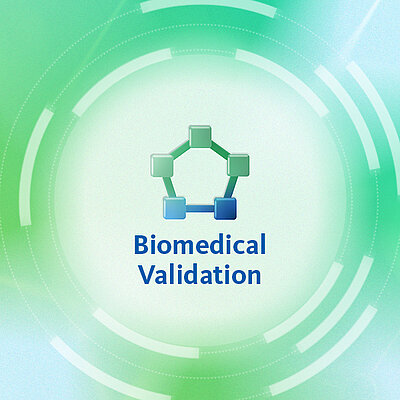RBC Defect Workflow Optimisation
Confidently handle samples suspicious of RBC diseases
- Streamline your laboratory workflow for abnormal RBC samples
- Save TAT with less manual work
- Confidently handle samples suspicious of RBC diseases
- Detect clear signs suggestive of hereditary RBC diseases, even when anaemia is absent
- Guidance in choosing the appropriate confirmatory analytical tests
- Add-on that incorporates some research use-only parameters
- Add-on that requires user validation before implementation in routine clinical work
RBC diseases are a global health burden and patients without medical records on such diseases require a comprehensive initial diagnostic workflow. To date, automated haematology analysers are not able to satisfactorily determine whether a patient is affected by an RBC abnormality. Hence, cytomorphological examination of a peripheral blood smear is performed creating high manual workloads within the laboratory while not sensitive nor specific for RBC abnormalities. The RBC Defect Workflow Optimisation (RWO) add-on features an evidence-based rule set in the Sysmex Extended IPU to support the identification of patients with hereditary RBC diseases and iron deficiency anaemia.
When ‘rare’ becomes increasingly frequent, RWO will be there to support your lab effectively.
This two-step algorithm combines the CBC-O add-on and the RBC score with advanced RBC and RET parameters from our haematology analysers to identify samples suspicious of hereditary RBC diseases. The RWO highlights samples suspicious for up to four hereditary RBC diseases and an ‘others’ group while excluding samples with iron deficiency anaemia which can generate spurious results. These suspected samples can then be recognised and sent for the correct confirmatory diagnostic test, saving time and resources in the laboratory by optimising workflow.
Specifically, the RWO add-on can identify samples suspicious of hereditary spherocytosis, Southeast Asian Ovalocytosis, sickle cell disease and haemoglobinopathies. The RWO can also identify samples exhibiting signs of iron deficiency anaemia so these can be separated from the hereditary RBC diseases. Some of these hereditary RBC diseases require different confirmatory tests meaning, once identified, the laboratory can conduct specific, targeted testing for the final diagnosis of the patient.
References
Nivaggioni V et al. (2020): Use of Sysmex XN-10 red blood cell parameters for screening of hereditary red blood cell diseases and iron deficiency anaemia. Int J Lab Hematol. 42(6):697–704.
Nivaggioni V et al. (2021): Detection of Southern Asian Ovalocytosis with Sysmex XN-10: A complement to the decision tree previously described. Int J Lab Hematol. 44(2):e84–e86.
Sysmex Middle East FZ-LLC
Dubai Healthcare City
City Pharmacy Building C/P 72, Office 304
P.O. Box 505119 Dubai, U.A.E.
+971 4 4370515
+971 4 4370516
Product documents
Regulatory Documents
Regulatory documents, such as Instructions for Use, can be accessed with a valid My Sysmex login:
Go to My Sysmex





